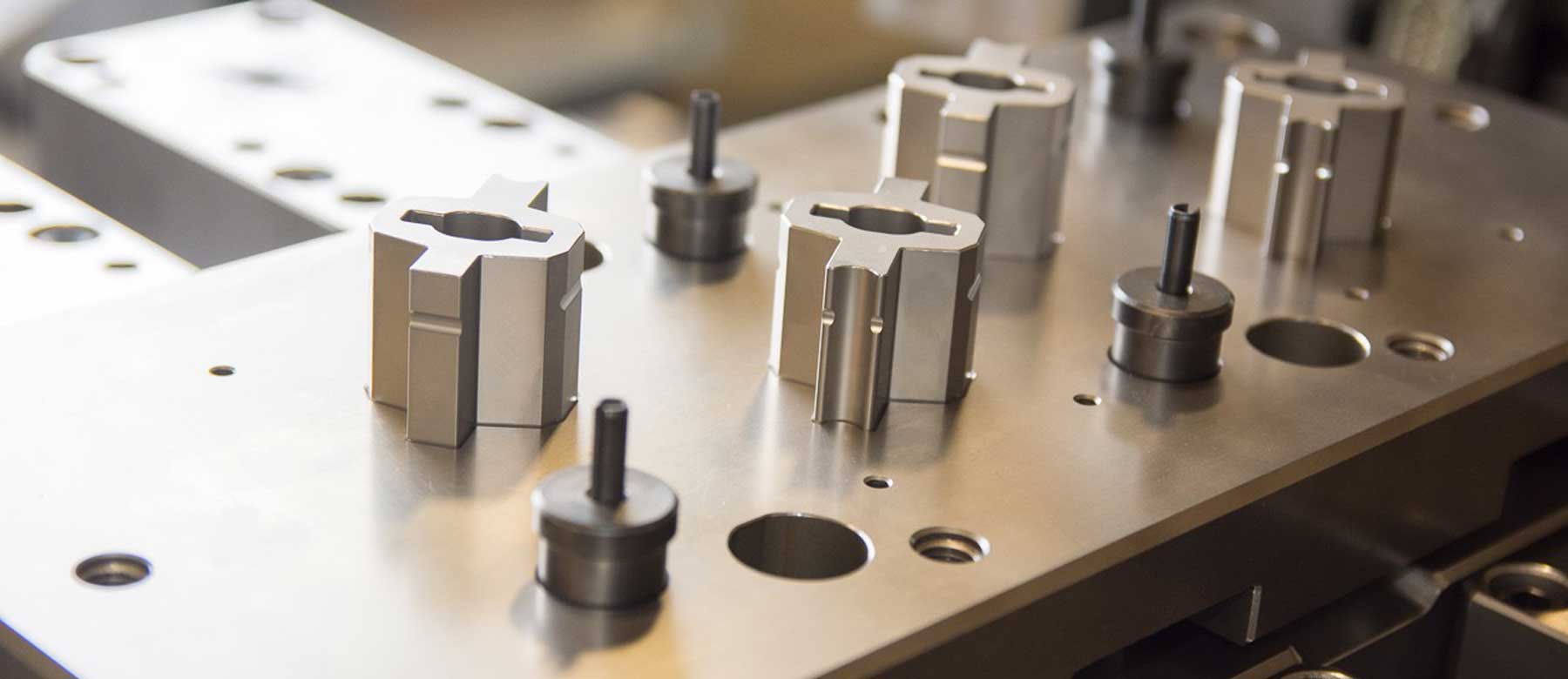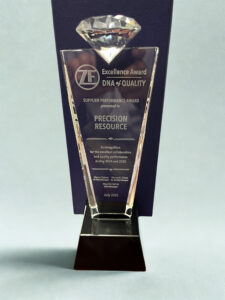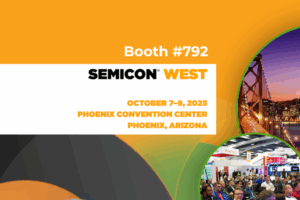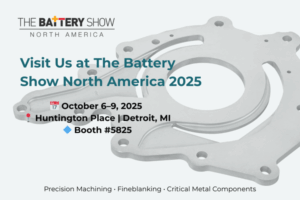If you work in precision manufacturing, you’ve likely come across the terms ‘fineblanking’ and ‘fine blanking.’ While they look similar, one is the industry-standard term—and understanding the distinction can make a difference in how you communicate within the field.
Fineblanking or Fine Blanking – Which is Correct?
In essence, fineblanking and fine blanking refer to the same manufacturing process. The difference lies only in the usage. Technically, “fineblanking” as a single word is the industry-standard term, while “fine blanking” as two words is a variation used less frequently. Both terms describe an advanced, high-precision metal stamping technique essential in industries like automotive, aerospace, and medical device manufacturing.
What is Fineblanking?
Fineblanking is a precision metal forming process that produces accurate, smooth-edged, high-quality stamped parts. Unlike traditional stamping, which can leave burrs or uneven edges, fineblanking achieves a nearly mirror-smooth edge in a single operation, often eliminating the need for secondary processing.
Key Advantages of Fineblanking:
- Enhanced Edge Quality: Parts are produced with smooth, high-quality edges, reducing burrs and material waste.
- Precision: The process allows for extremely tight tolerances and complex geometries, making it ideal for parts with intricate designs or critical dimensions.
- Strength: Fineblanking maintains the structural integrity of the material, making it ideal for load-bearing components in industries like automotive and aerospace.
The Fineblanking Process
Fineblanking’s secret lies in its unique triple-action press and specialized tooling. Unlike conventional stamping, which can leave rough edges, this process ensures precision and smoothness from the start.
Here’s how it works:
This process produces high-quality, precise parts with little to no finishing required. It’s ideal for high-volume production, saving both time and resources.
Fineblanking’s Role in Modern Manufacturing
As demand for complex, precise, and high-performance parts grows, fineblanking has become increasingly essential. Industries such as automotive, aerospace, electronics, and medical devices rely on fineblanking for reliable, high-quality parts that meet stringent standards.
Conclusion
Whether you see it spelled “fineblanking” or “fine blanking,” rest assured they refer to the same advanced manufacturing process that provides smooth-edged, high-precision metal parts for a range of industries. Fineblanking offers distinct advantages, making it an invaluable choice for manufacturers aiming to produce parts with the highest quality and consistency.
Sources
- AMT – The Association for Manufacturing Technology – Comprehensive guide to precision manufacturing processes. AMT
- PMA – Precision Metalforming Association – Insights into fineblanking applications across industries. PMA
- Industrial Tooling and Engineering (ITE) – Technical documentation on fineblanking processes and quality standards. ITE Manufacturing
- Journal of Manufacturing Processes – Scholarly articles on fineblanking’s metallurgical properties and applications.





